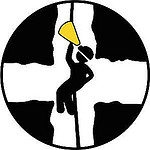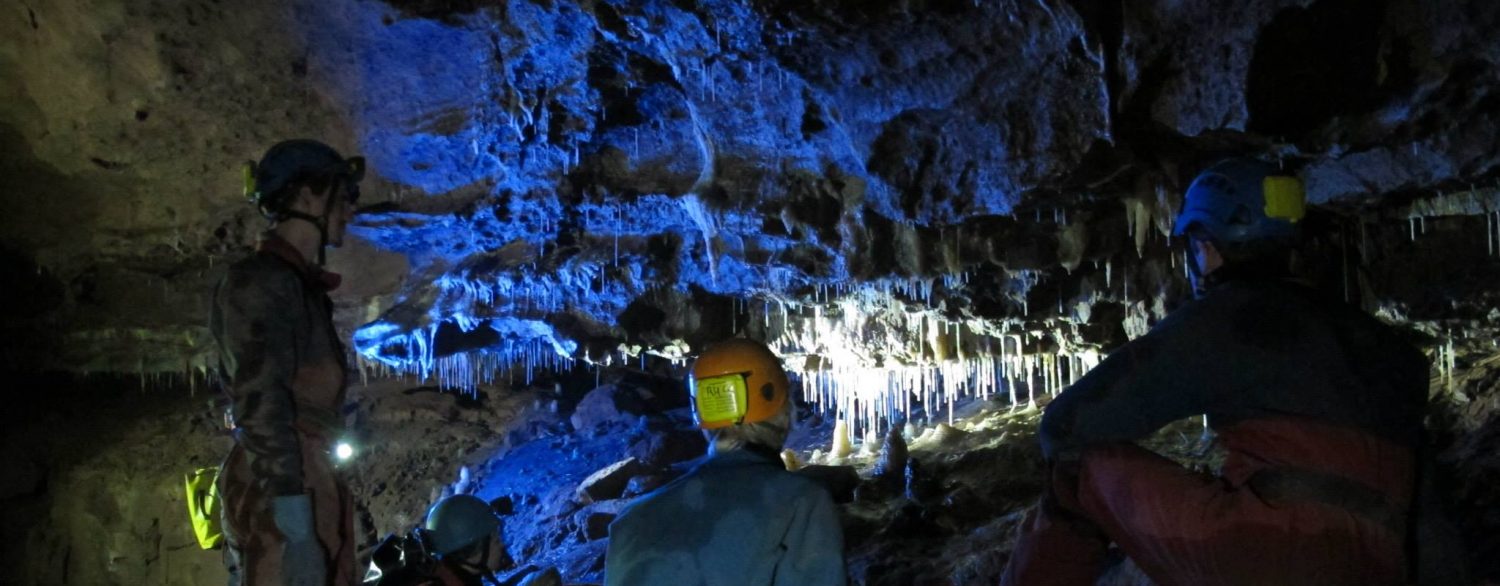On Saturday 15th October, keen to travel somewhere new and unique for our first major social of the term, a handful of us bundled into a minibus and set off for The Hellfire Caves in West Wycombe. The passages are not ‘caves’ in the natural sense of the word, but a series of man-made caverns and tunnels cut deep into a hillside overlooking the town. The brainchild of the fantastically named Sir Francis Dashwood, a workforce of over one hundred men were employed during several years of crop failure in the mid-eighteenth century to excavate these tunnels by hand; the chalk produced in this process was used in the construction of a local road, while the tunnels were used by Dashwood to host meetings of the local elite and Members of Parliament in gatherings steeped in mystery.
It was this ambiguity as to its use that lent the caves much of their mystique when we first researched them, and entering the tunnels through a stone façade in the style of a Gothic church, we were keen to learn more about the secretive history of these caverns. Initially, information boards were on hand to describe the supposed haunted nature of the caves, ghostly apparitions sighted by visitors believed to be deceased members of the local community; the managers of the tunnels had lost no time in capitalising on the supernatural by decking them in Halloween decorations. As we travelled further, the tunnels opened into a series of chaotic branches and vast open chambers, speculated to have had various uses and symbolic functions. Particularly impressive was the banqueting hall, a vast domed cavern bordered by a series of decorated alcoves, and the crossing over the ‘River Styx’ towards the tunnels’ end and at the entrance to the final ‘inner sanctum’.
As we travelled, theories surrounding the use of the caves were gradually explored, and our reading-between-the-lines of the generally family-friendly information boards led our own speculations to become gradually more and more debauched (in true caving fashion). I won’t explore all of them here; instead, I’ll leave them to the imagination and use the horrified looks of our fellow visitors when they strayed within earshot as testament.
We also climbed the remainder of the hill to visit the associated mausoleum and the neighbouring Church of St Lawrence. This looked as though it had started life as three or four different structures on an architect’s planning board which had later been squashed together as some kind of structural Frankenstein’s monster; while the bulk of the building was constructed from flint and capped with modern roof tiles, the tower was covered in a concrete façade and capped with a golden globe similar to those see in European architecture. The visible historical development of the building certainly gave it a unique charm, and it was easy to understand why a couple had chosen this church as a wedding venue as we arrived (thankfully, we managed to avoid blundering into the service).
Having had our daily dose of culture, we walked / ran / barrel-rolled our way back to the minibus, with the intention of driving into Wycombe, finding a quirky pub, and settling down with some food and a drink. What we didn’t reckon with, though, were the sheer number of people out and about on a Saturday afternoon, and the number of car parks we would only fit into if we didn’t mind shaving off the top of the bus. As a result, our drive into Wycombe became an impromptu adventure around Berkshire, eventually leading us to Henley and food and drink in The Catherine Wheel before meandering back to Reading. While not everything went to plan (I don’t think we’d have it any other way!), it was definitely an adventure, and a day out with a difference!
By Harvey Connolly
 Reading University Caving Club
Reading University Caving Club 